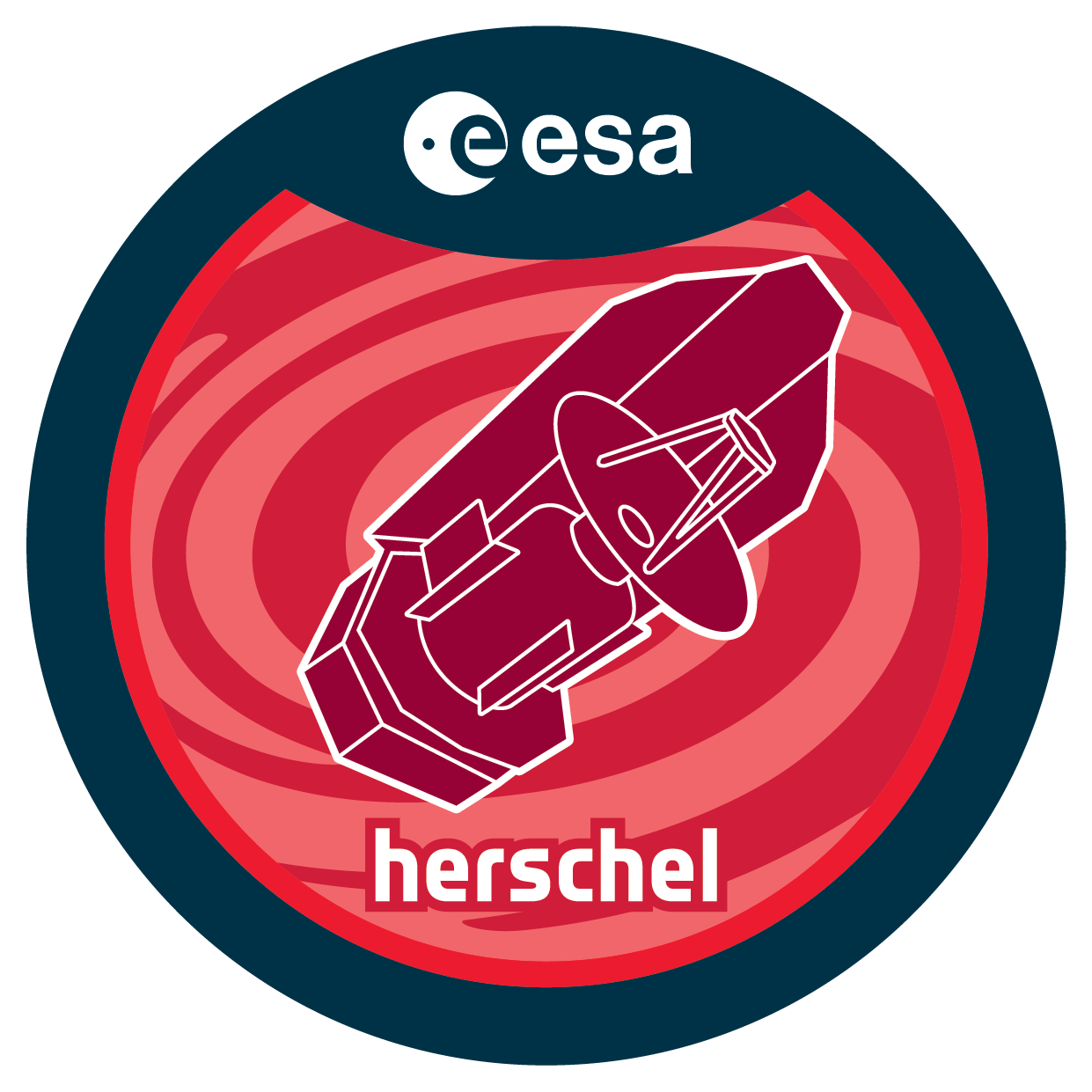| Description |
Observations in the far-IR window should make a major contributionto solving two major problems in molecular astrophysics - the identityof the carriers of the Aromatic Infrared emission Bands (AIBs) and theDiffuse Interstellar absorption Bands (DIBs). The DIBs are generallyattributed to carbon-based molecules but none has been assigned.Polycyclic aromatic hydrocarbons (PAHs) are commonly accepted tobe the carriers of the AIBs but the hypothesis suffers from the lack ofidentification of individual species. This seriously limits the potentialof these spectral signatures as probes of astrophysical conditions andprocesses.We propose to exploit the unique capabilities of Herschel to record thefar-IR emission features of PAHs in the Red Rectangle. These features are very specific to the exact molecular identity and are a very attractive route for the spectroscopic identification of PAHs. Most of them carry a sharp Q branch increasing the contrast for their detection. We ask for 24.8 hours to perform deep PACS and SPIRE FTS spectroscopy to search for these Q branches.The unique carbon-rich Red Rectangle nebula is in an active stage ofdust condensation and displays the strongest AIBs known as well asemission bands connected to the DIBs. Small molecules areunderabundant and the Red Rectangle is clearly the place where theformation of large molecules can be tracked and the link between theAIB and DIB carriers should be explored.The analysis of the bands will be performed using spectroscopic data,both theoretical and experimental, as well as Monte Carlo modelling tosimulate the emission process. Even in the worst case of no bandidentification, comparison of model predictions with the Herschelspectra will strongly constrain the PAH model. If some lines areidentified, we will apply for follow-up observations with HIFI toresolve the hot band structure of the Q branches and structure inthe P and R branches.Considering the short life of Herschel, this proposal is therefore very timely. |

